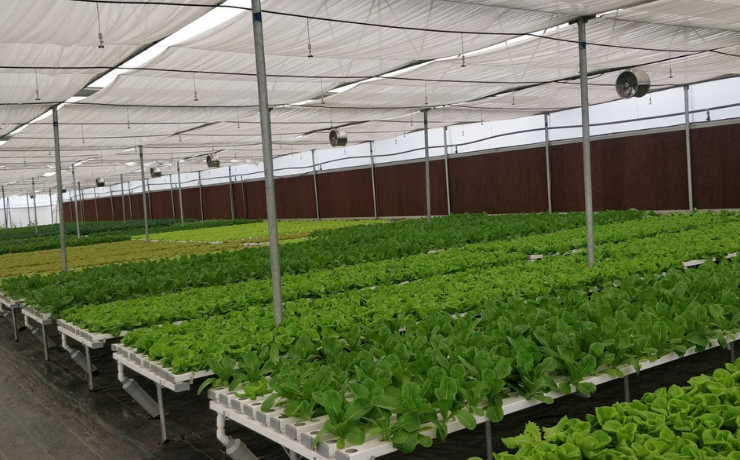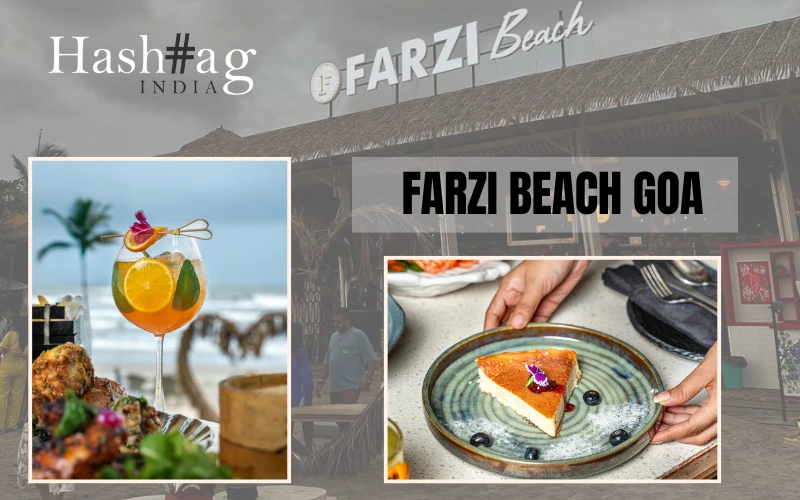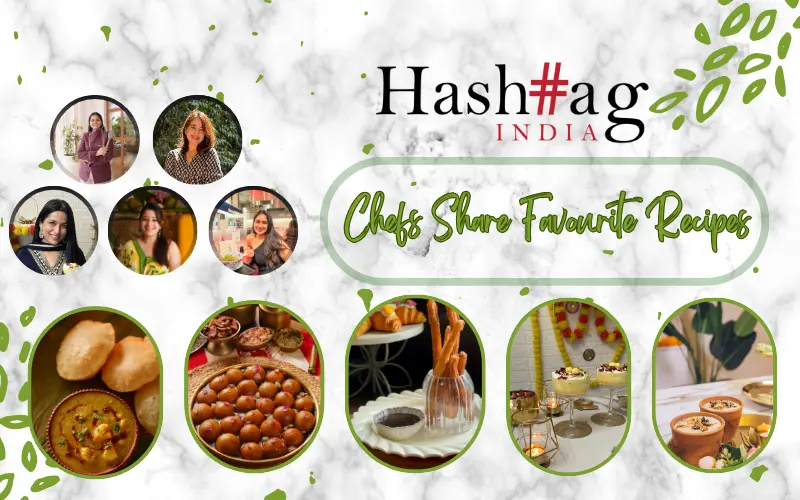There is a possible method for a farm or a garden to grow without the support of soil. By implementing advanced and modern agricultural technology and using other mediums like Coco Coir, and rock wool to support the growth of the root structure and putting the plants in direct contact with the rich nutrient source we can see more efficient growth of the plants. This is all possible with Hydroponics. What are Hydroponics and its method of farming? Let’s find out.
Hydroponics may sound like a new method in agricultural technology but this is an ancient Greek method where the water does the major work of helping the plants grow more quickly than with traditional farming methods. Because the population is increasing day by day and the availability of farm growing lands has decreased, the Hydroponics method is used across the globe where within a limited space, we can grow plants abundantly. This method has provided numerous benefits to farming everywhere.

What do you need?
If you are interested to start this interesting new method of growing plants. Here is what you need.
1)Fresh Water- Freshwater with a balanced pH. The suitable pH for plants is somewhere around 6-6.5. You can adjust the balance with the solutions available at your garden, or hardware stores.
2)Oxygen- Depending on the hydroponic farm setup, you can either leave the space between the base of your plant and the water reservoir for oxygen supply, or you can bring an oxygen container and install an air pump just like we do in aquariums.
3)Root Support- To support the growth of the roots we need alternative materials for soil which are peat moss, coconut fiber, and rock wool.
4)Nutrients- As the Hydroponic method needs a lot of nutrients to grow the plants healthily and productively we need nutrients like magnesium, phosphorous, calcium, and more.
5)Light- Light is one of the important aspects for any plant to grow. If you are doing the farming outdoors, make sure that there is abundant sunlight. If you are growing plants indoors, then you have to install some special lighting.

Types of Hydroponics methods
There are multiple methods in Hydroponics to ensure the good growth of the plants. Here are the six methods of Hydroponics.
1)Nutrient Film Technique- To execute this method, first we have to grow the plants in a slightly tilted way which allows the solution to flow downwards towards the roots. This method includes absorption of oxygen from the air by running a continuous flow of nutrient solution over the plant’s roots increases the growth rate quite rapidly.
2)Drip system- We are quite familiar with the drip irrigation method. The same process is done here as well. With the help of the drip system, the plants get a slow draining of nutrient solution constantly. This method is easier and quite effective as well.
3)Deepwater culture- Deepwater culture is one of the easiest methods to do. The plant roots are suspended directly inside the nutrient solution and we must utilize an aquarium air pump to oxygenate the solution constantly to ensure that the plants don’t drown in the solution.
4)Flood and drain system- This method doesn’t require much water because it requires the flooding of the farming area at specific intervals based on a timer. In between these floods, the nutrient solution drains back into the reservoir. By doing this there is not much wastage of water and the plants will get enough nutrient supply.
5)Aeroponics- Aeroponics is an interesting method of suspending the roots in the air and covering them with the nutrient solution. You can increase the growth by fixing the roots with a fine spray nozzle.
6)Wicking- Wicking is the simplest method. The plant and the reservoir with nutrient solution are connected by a wick. The wick slowly feeds the plants over time. In this method, absorbent materials like cotton are used to move the nutrient solution slowly to the plant.
Why grow without soil?
There are many reasons why growing plants without soil is good? It allows growers to produce food anywhere in the world, at any time with fewer resources.
- Because of the climate changes in some regions, the growing conditions of the plants also change with them. In some places, the ground is not good enough for farming. In hydroponics, we can create local food systems and set them up in a community and regions. There is no season pause or climate effects for hydroponic farming.
- Plants grow very well in hydroponic farming. as the roots are constantly bathed in the nutrients and the yields are higher than the traditional farming.
- For hydroponic farming, the water usage is very less compared to traditional farming. The water used in this farming can be filtered with nutrients again and fed back to the plants. Instead of wasting the water, you can constantly recycle the water.
What can be grown in Hydroponics farming?
We can grow almost every plant with Hydroponics farming. The most common plants grown in this method are tomatoes, peppers, cucumbers, lettuce, strawberries, herbs, green beans, and basil. It is important to understand that every particular plant has its system design and nutrient supports.

Conclusion
This is all about Hydroponics and the benefits it has over traditional farming. So now is the time to experiment with this new way and expand your garden.


























